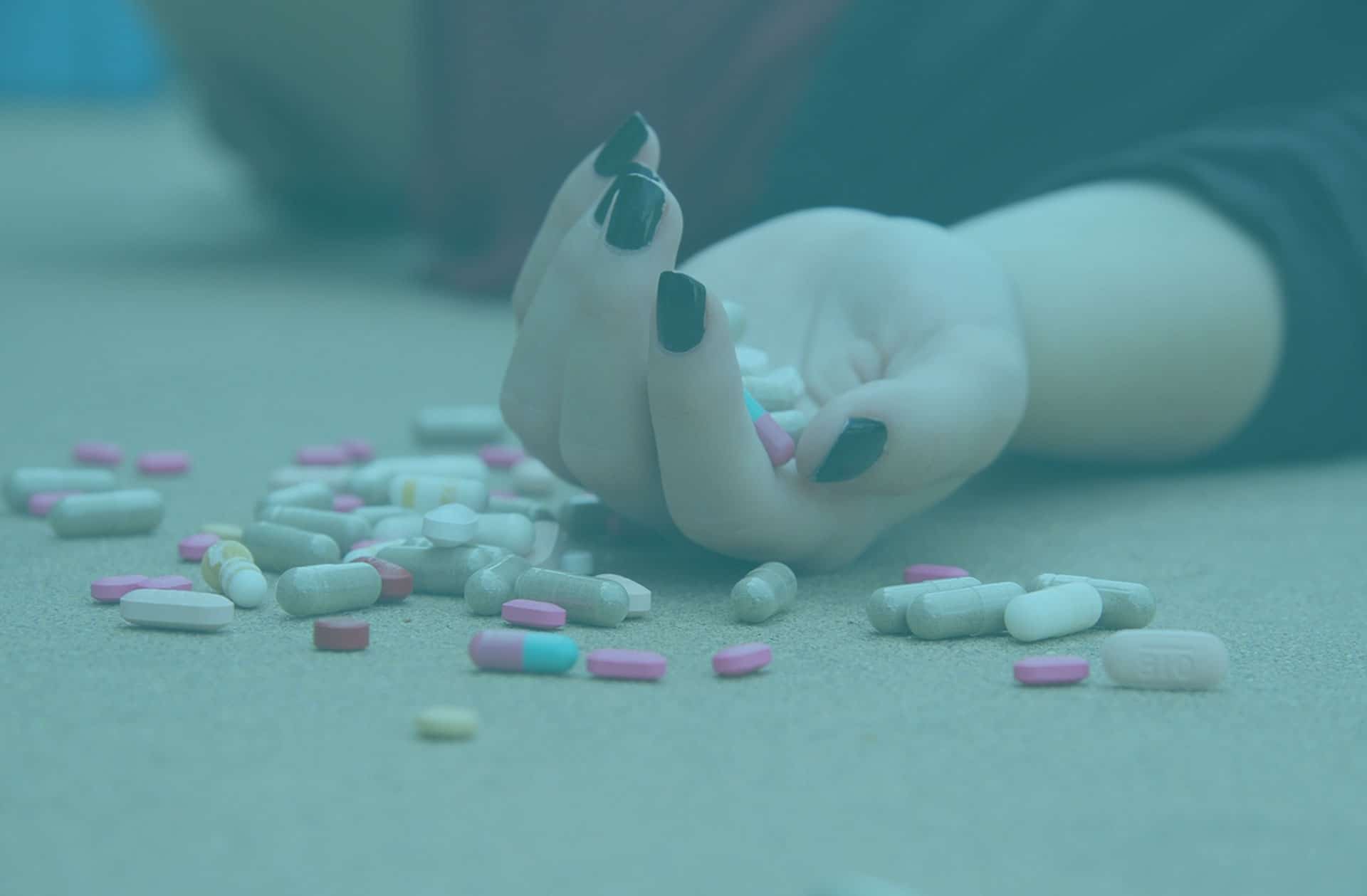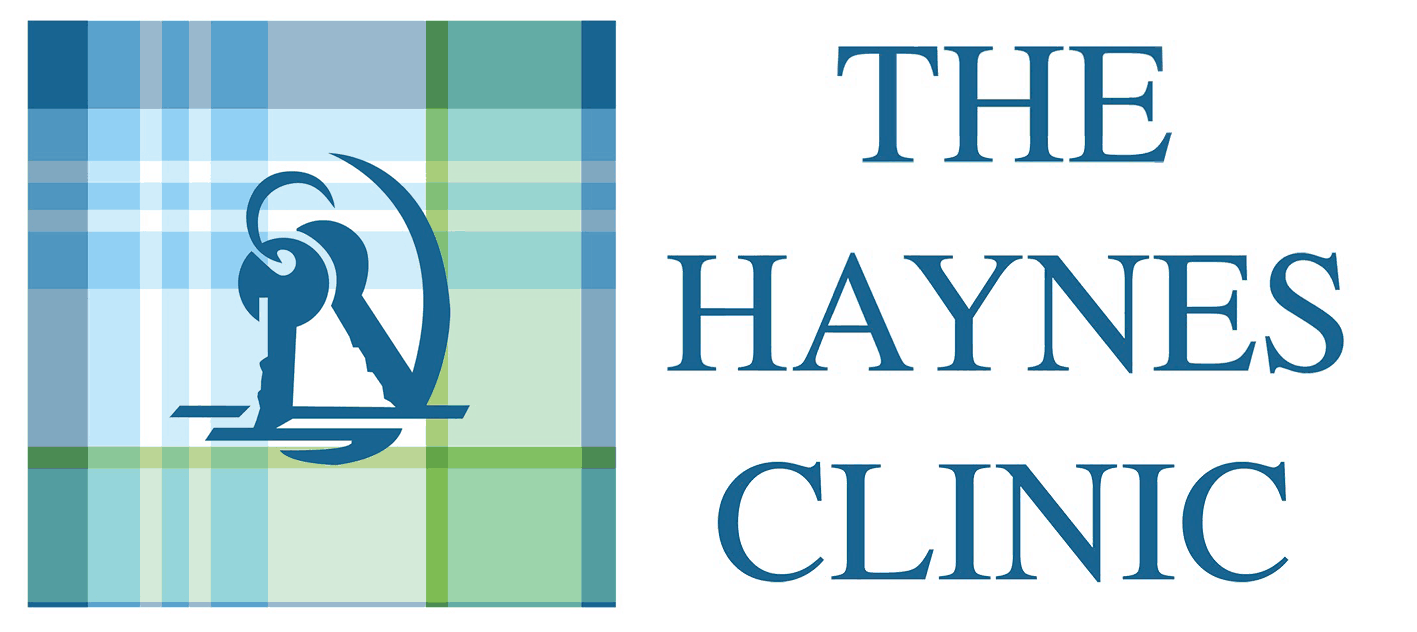
Cocaine is a hydrochloride salt in its powdered form. And usually appears as a white powder. Crack cocaine is derived from powdered cocaine by combining it with water and another substance. Usually baking soda (sodium bicarbonate). After cocaine and baking soda are combined, the mixture is boiled and a solid forms. Once it has cooled and been broken into smaller pieces, these pieces are sold as crack. They appear as small solid lumps, often known as rocks. The other form in which cocaine appears and is used is freebase, which is a crystallised powder. This article focuses on crack.
Crack cocaine – what is it?
The name crack derives from the crackling sound that is produced when the drug is heated and then smoked. It can smell like burnt plastic or rubber. Since crack is so highly concentrated, and it has an instant effect (though this may only last for 5-10 minutes), it is extremely addictive. And it is possible for someone to become addicted after a single use.
Some people turn to crack because they like the fact that it is smoked rather than snorted. It is smoked through a so-called crack pipe. But these do not necessarily look like conventional pipes. They can be tubes, akin to cigarette shaped, in the shape of a bottle (this can be a plastic bottle), or a glass pipe. They come in all types of shapes and forms. Smoking crack from foil or injecting it is possible. But this is more likely to be the case with heroin than with crack. Injecting crack can be very dangerous.
Effects of crack cocaine
The effects of crack are similar to cocaine and include euphoria, feeling confident, excited and very alert, an increased heart rate, decreased appetite, and dilated pupils. Once addicted to crack, cravings for more of the drug can be very intense. Because its effects are short lived it is very expensive to feed the addiction.
The effects of crack are faster and more intense than cocaine because crack is absorbed through the membranes of the lungs, entering the bloodstream and the brain within 10-15 seconds. As such, the risk of overdosing is extremely high, leading to convulsions, coma, and death. Symptoms of crack overdose are rapid heart rate and hyperventilation.
The effects of crack use include mood changes, irritability, agitation, restlessness, nausea, depression, anxiety, fatigue, suicidal thoughts, muscle aches and pains, paranoia, and hallucinations. The risks include having a fit, heart attack or stroke, chest pains and breathing problems and all the mental health issues mentioned above.
Risks of using the substance
Crack Cocaine is a Class A drug, which means it is illegal to have for yourself, give away or sell. Possession can get you up to 7 years in prison and supplying – even to a friend – can mean life in prison. Fines can be of any amount.
Driving under the influence is dangerous and obviously illegal. You may receive a heavy fine, driving ban, or prison sentence. Worse than this, if you have an accident and injure or kill someone, you would never get over it.
Read more about compulsive crack cocaine taking.
